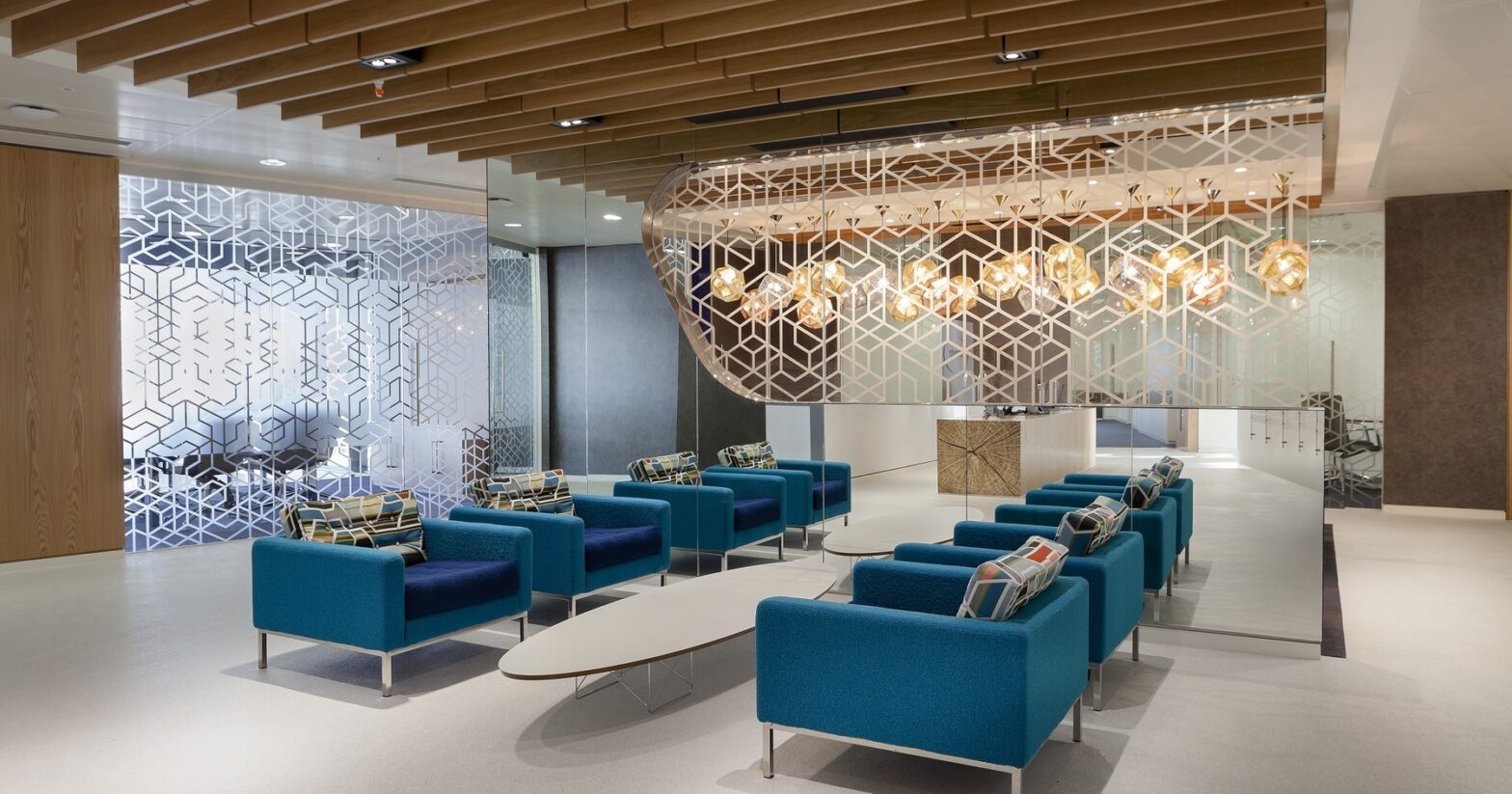Office design has not traditionally been an issue discussed in the boardroom – indeed, a recent report by the British Council for Offices found that more than half (57 per cent) of the senior executives surveyed said that property-related issues were not regularly discussed in the boardroom.
However, increasingly we are seeing more C-suite senior management regarding this as a costly mistake and investing more of their time and the firm’s resources in ensuring that they have the offices that best suit their workforces to ensure they maximise the business benefits.
Today, technology and an increasingly mobile workforce have changed the way we work while businesses face the ongoing challenges of finding and retaining talent and boosting productivity. The workplace environment and design are integral to these key business issues, with a direct impact on an organisation’s wellbeing, productivity and, ultimately, its bottom line.
Drive productivity with inspiring workplaces
Too many offices are not currently designed to support the requirements and individual ways of working of the people who work there. According to the Workplace Survey carried out by workplace consultants Leesman, good office design is estimated to boost productivity by 20 per cent, yet only 54 per cent of employees agree that their current workplace design allows them to be productive. A more detailed understanding of the inner-workings of an organisation and how its environments such as workstations, meeting areas and breakout spaces are being used can reveal what is needed for the workforce to operate optimally, and a clever office re-design can deliver it. By making the office a place that workers want to be, employees will be more motivated and productive at work.
See also: Boosting workplace productivity starts at the desk
Attract and retain valuable talent
Losing quality employees is a major loss to any ambitious and growing business. Similarly, failing to attract new talent prevents a business from evolving and reaching its full potential. The workplace environment is becoming an increasingly important factor in workers’ decisions to stay or go and recent research by behaviour change consultants Empirca and other bodies have found that workplace design significantly increases the attractiveness of an organisation to prospective new employees. Without a talented workforce, businesses face a significant barrier to success so providing an appealing and well-designed workplace is an investment for the short and long-term future of the business.
Foster wellbeing to drive motivation
Recent statistics show that each year one in six workers will experience mental health issues, making wellbeing a critical concern for businesses. Sensitive office design can play a key role in boosting wellbeing by, for example, creating communal areas where people can socialise and encouraging people to move about the office more. Daylight should be maximised to boost serotonin, which can be achieved by using bright colours on feature walls and biophilic design (such as plants) can provide visual stimulation. Progressive organisations that have ensured their offices take all these factors into account are reaping the rewards from a more dynamic and productive workforce.
Assemble a transformation team with C-Suite at the core
Ensuring that an organisation achieves a smooth office transformation is a key reason to secure board level involvement from the outset. Alongside HR, IT and facilities, they form the Leadership Team who drive the project forwards with a clear understanding of the requirements of the office transformation and the end goal. Senior level involvement throughout the project will ensure that the end design doesn’t contain any unexpected surprises.
Office design is no longer just an art – it’s also a science. Using data driven designs, we can create workplaces tailored to businesses’ needs, maximising the productivity and wellbeing of their employees. But to achieve this office design needs the backing of the boardroom – organisations should treat office design as a business priority, engaging senior executives and staff from the outset, to ensure that it plays a full role in helping businesses reach their full potential.
Jitesh Patel is the CEO of the office design and workplace consultancy, Peldon Rose.






